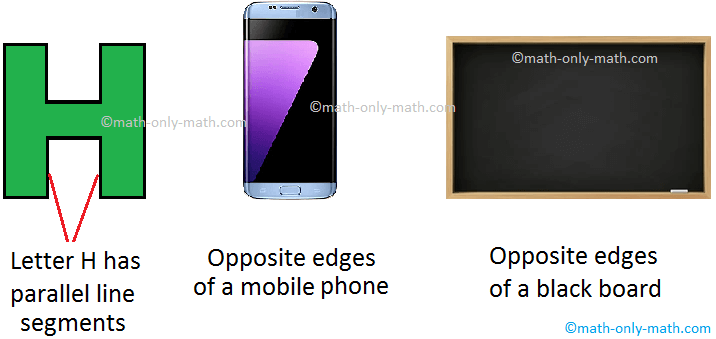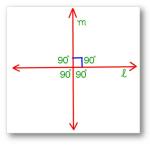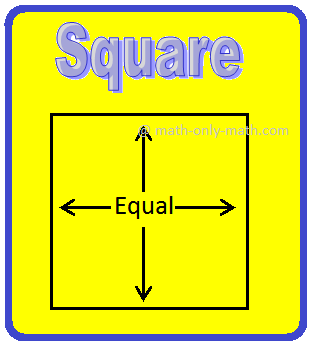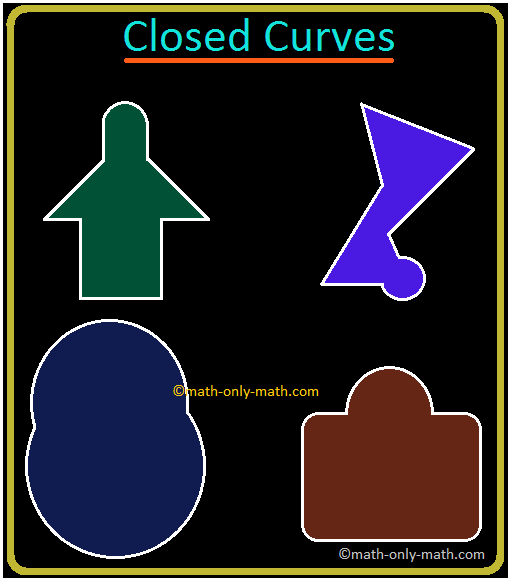Representation of Tabular Data
We will discuss here about the representation of tabular data and their format. When Mrs. Singh, the new maths teacher came to the class, she wanted to know how every body had done in the last maths test. She noted down everyone’s marks. In other words, she collected data about the marks scored in mathematics.
|
Roll No 1 2 3 4
5 6 7 8 9 10 11 12 13 14 15 16 17 18 19 20 21 22 23 24 25 26 27 28 29 30 |
Marks 62 78 80 62 85 58
90 62 70 85 55 70 90 85 75 80 78 90 80 75 55 98 58 62 62 85 55 98 50 55 |
Notice that this data is not in any particular order. Such data is called raw data. It is usually not very easy to get useful information from raw data. For example, the only things that Mrs. Singh could find out immediately is that the highest marks was 98 and lowest marks was 50.
To understand the performance of students better Mrs. Singh
first arranged the marks in ascending order. This is how the arranged data
looked.
50, 55, 55, 55, 55, 58, 58, 62, 62, 62, 62, 62, 70, 70, 75, 75, 78, 78, 80, 80, 80, 85, 85, 85, 85, 90, 90, 90, 98, 98.
She could now easily count the number of students who got a particular mark. To make this data more useful she arranged it in a tabular format.
|
Marks Obtained |
50 55 58 62 70 75 78 80 85 90 98 |
|
No. Of Students |
2 4 2 4 2 2 2 3 4 3 1 |
Looking at this table, Mrs. Singh could easily answer the following:
(i) What was the highest mark? (98)
(ii) What was the lowest mark? (50)
(iii) What was the mark obtained by the largest number of student? (62)
5th Grade Math Problems
From Representation of Tabular Data to HOME PAGE
Didn't find what you were looking for? Or want to know more information about Math Only Math. Use this Google Search to find what you need.
Recent Articles
-
What are Parallel Lines in Geometry? | Two Parallel Lines | Examples
Apr 19, 24 04:39 PM
In parallel lines when two lines do not intersect each other at any point even if they are extended to infinity. What are parallel lines in geometry? Two lines which do not intersect each other -
Perpendicular Lines | What are Perpendicular Lines in Geometry?|Symbol
Apr 19, 24 04:01 PM
In perpendicular lines when two intersecting lines a and b are said to be perpendicular to each other if one of the angles formed by them is a right angle. In other words, Set Square Set Square If two… -
Fundamental Geometrical Concepts | Point | Line | Properties of Lines
Apr 19, 24 01:50 PM
The fundamental geometrical concepts depend on three basic concepts — point, line and plane. The terms cannot be precisely defined. However, the meanings of these terms are explained through examples. -
What is a Polygon? | Simple Closed Curve | Triangle | Quadrilateral
Apr 19, 24 01:22 PM
What is a polygon? A simple closed curve made of three or more line-segments is called a polygon. A polygon has at least three line-segments. -
Simple Closed Curves | Types of Closed Curves | Collection of Curves
Apr 18, 24 01:36 AM
In simple closed curves the shapes are closed by line-segments or by a curved line. Triangle, quadrilateral, circle, etc., are examples of closed curves.





